How Customer experience management tool can help to level up your business
Businesses today are achieving great success by investing heavily in sales and marketing initiatives. However, such an approach will inevitably fall short of providing long-term value. They overlook an important factor for long-term business growth: customer engagement.
A good customer engagement strategy will not only generate new revenue sources and customers, but also will also increase recurring revenue through repeat orders. Understandably, a satisfied customer leads to a more profitable business model.
Your customer engagement will leave an impression on customers and the competitive landscape, resulting in brand loyalty. But it’s not that simple; there are some traps that people fall into. Knowing what causes a drop in customer expectations is critical in light of this.
It is not just good customer service that you provide, but a complete experience from their first interaction with your brand to the end of their journey. Personalization, omnichannel support, encouraging feedback, and effective communication are all part of it.
Learn how you can craft a unified customer experience to level up your business
A few advantages of a positive customer engagement are:
- Customer loyalty: You build a loyal customer base by streamlining their experience throughout the buyer’s journey.
- Brand image: If your customers are treated properly, they will become brand advocates, spreading valuable word of mouth.
- Improved engagement: You can cultivate a meaningful and long-term bond with your user by using a personalized approach.
- Unflinching support: Once you win over your customer with a good customer experience and engagement, he/she will stand for you through thick and thin.
- Cost-effective approach: Retaining a customer or generating repeat orders is an expensive task, but with a good customer engagement strategy, it is very affordable.
Despite their importance, businesses frequently make customer engagement mistakes that can lead to disaster. To help you avoid making the same mistakes we’ve compiled a list of the
Top 8 customer experience mistakes that brands make. (An added bonus awaits you at the end.)
Mistake 1: Not listening to your customer
Customer feedback and reviews provide golden opportunities to improve your brand’s offering and build a loyal community. However, many brands fail to collect, analyse, and act on such valuable customer insights.
Before purchasing a product or service, customers of any business model – B2B, B2C, and D2C – conduct extensive research. This includes reading reviews on social media platforms, marketplaces, and review sites such as G2, Capterra, and others. These websites allow you to respond to feedback, which is an opportunity to demonstrate your dedication to the customer engagement. However, negative reviews are frequently ignored by brands, which can have a significant impact on your market positioning and image. It would be beneficial if you defined a practical and comprehensive strategy for dealing with customer feedback.
It would be beneficial if you defined a practical and comprehensive strategy for dealing with customer feedback. Devoting a portion of your communications strategy to social listening and customer feedback management can significantly boost the value of your brand. Brands use a variety of initiatives to drive feedback and manage crises, such as a “we apologize for the bad experience” offer and “thank you for your feedback” credit points.
Mistake 2: Not being available where your customers are
The internet and advanced technologies have blurred the distinction between professional and casual channels that businesses could make. Previously, businesses could only communicate via phone calls or emails. Things have changed dramatically since then. Regardless of industry, it is critical for brands to provide a seamless omnichannel experience. This means you must be reachable via social media platforms, email, chat services, and so on.
It’s no surprise that many businesses limit their communication channels to specific platforms. Such an approach will almost certainly harm their brand in the long run, if not sooner. Furthermore, even in these social-centric times, brands frequently ignore their social media presence and rely on antiquated ticketing approaches to engage with customers.
Customers in today’s fast-paced world are not willing to wait for email responses or phone hold times. They anticipate a prompt and well-organized response to their inquiries. You can’t predict which channel your customers will use to contact you. It could be done via email, phone call, or any of the social media profiles. A multichannel strategy is an excellent way to stay in touch with your customers.
Mistake 3: Not focusing on your design choices
A bad design is the biggest turn-off for a customer. Social media posts, marketing collateral, and even your website serve as brand ambassadors. If they don’t present the best design or appeal to your customers, your brand marketing strategy will fail. When developing a website or app, having a strong design policy is essential. You provide a terrible customer experience by creating a difficult-to-navigate website/app. Things like picture quality, fonts, and colors, as well as placing critical information in the right places, all play an important role.
Keep in mind that your website and application are the most important customer touchpoints. They must be user-friendly and intuitive. Applying a similar design strategy to your social media posts and another marketing collateral speaks volumes about your brand.
Mistake 4: Not utilizing customer data for better service
Brands collect massive amounts of customer data that can be used to transform their business offerings and the customer experience. Many businesses, however, fail or lack the expertise to effectively use data.
To provide the best customer experience possible, all available, relevant customer data must be continuously monitored and reviewed. To generate actionable insights from the information or customer data you collect, it must first pass through a rigorous analytical pipeline. You can assess the performance of your brand, track metrics to see what’s broken, and implement strategies to scale successful tactics.
Personalization is an important benefit of real-time data. Many smart brands build a comprehensive recommendation and customization ecosystem based on the customer data they collect. It recommends the best products and services to them.
Mistake 5: Not using an extroverted communication approach
Brands should be outgoing. It means they must interact with their customers on a regular basis and go out of their way to keep their interest in the brand. The simplest way to accomplish this is to be available on social media 24 hours a day, seven days a week, and to post regularly to demonstrate your active participation in the customer’s daily feed.
Customers, as previously stated, expect immediate responses to their inquiries. Particularly on social media platforms, which are designed for real-time conversations. Building half-baked and automated response templates is a common mistake made by businesses in their pursuit of instant communication. Customers are intelligent enough to recognise whether they are speaking with a bot or a real person.
Although some brands do value the importance of a strong social media plan, Their execution falls short of expectations. This is due primarily to a single-purpose approach to brand marketing. Promoting your brand can be done in a variety of ways that do not rely solely on one-way communication. Incorporate interactive posts, surveys, and polls into your social media strategy, in addition to producing informative and relevant content.
Mistake 6: Not understanding who your customers are
Though this mistake can be clubbed into the real-time data management challenge, we believe it needs to be addressed separately. Any brand starts its product/service journey by creating an ideal customer profile. This works great, but only till a certain point. Even if you can bucket your customers into traditional demographics, there will be preferences that they all differ on.
If you closely study your customer data, you can see the differences in customer expectations and needs. Communicating with all your customers in the same tone, choosing the same platform to engage them, or designing the same offers might not work. Their interests in terms of spending habits, outreach channels, and messaging are bound to differ.
You can crack the code by simply sending enough time working on the data and deriving business value out of it.
Mistake 7: Not treating your employees like your customers
Everything we’ve discussed, from social listening to data management, is handled by your employees. Neglecting their well-being will undoubtedly have an impact on your customer engagement. The value you show your employees is extended to your customers in a chain reaction.
Your employees are the brand ambassadors who interact with customers. They are constantly interacting with them, devising engagement strategies, implementing insight-driven personalization, and so on. Make sure to express your gratitude for their efforts and recognise your incredible team.
(BONUS) Mistake 8: Not unifying your brand and product
Most businesses distinguish or separate their products/services from their brand. This is a terrible strategy. When a customer interacts with your product, you have the opportunity to connect your brand story to it, and vice versa.
Customers nowadays do not simply purchase a product. They purchase the concept and experience associated with the product. Apple products are a prime example of this. Including your brand messaging in your product is an excellent way to attract customers to your brand’s vision.
After just one negative experience, 32% of customers abandon a favorite brand. Because the definition of great service differs from one customer to the next, personalization is critical to your company’s strategy. Customer engagement is not a one-time endeavor. To delight them, it requires ongoing work with newer tactics.
Customers will not be loyal to a company that contacts them through a variety of channels, sends marketing offers that are unrelated to their interests, and speaks to everyone in the same voice. Ensure that each individual’s experience is tailored to their specific needs. It may appear that satisfying all customers is impossible. Even though it may be difficult to consistently provide excellent experiences, knowing where to begin and which blunders to avoid can help your company over the long term
With ever-changing technological landscapes, you’ll always have a new channel to extend your support or innovate your services to match customer preferences. It is critical to create an ecosystem that is constantly working to improve customer satisfaction. Learn about QuickMetrix, a market leader in omnichannel customer engagement management software, to provide a unified and tailored CX.

Social Listening Tool
Uncover the Powerhouses: Top 10 Social Listening Tools in India You Can’t Ignore
Table of Content
Introduction to Social Listening
Understanding Social Listening
Importance of …

Social Listening Tool
Mastering Social Listening on LinkedIn: A Complete Guide for Professionals
Table of Content
Introduction to Social Listening on LinkedIn
What is …
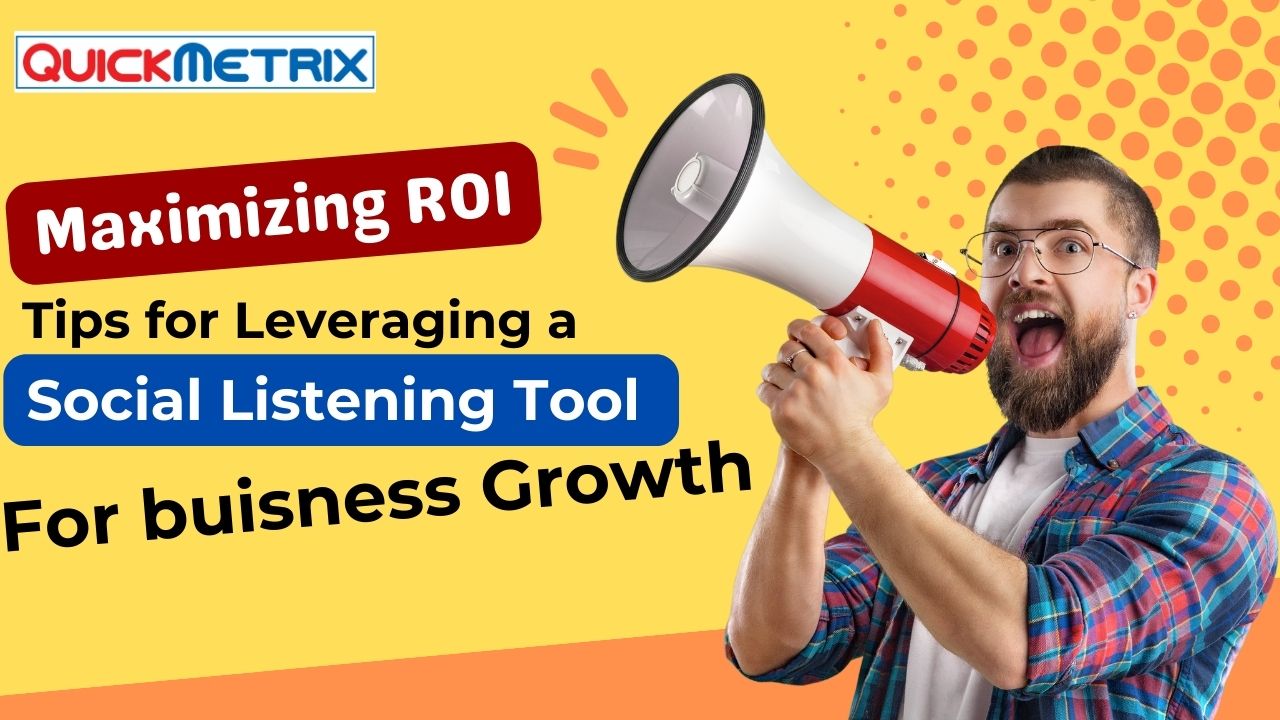
Social Listening Tool
Maximizing ROI: Tips for Leveraging a Social Listening Tool for Business Growth
Driving Business Growth: Unlocking the Power of Social Listening …

Industries
Enhancing Your Online Presence: The Best Reputation Management Tools for the Automotive Industry
Table of Contents
Introduction to Online Reputation Management in the …
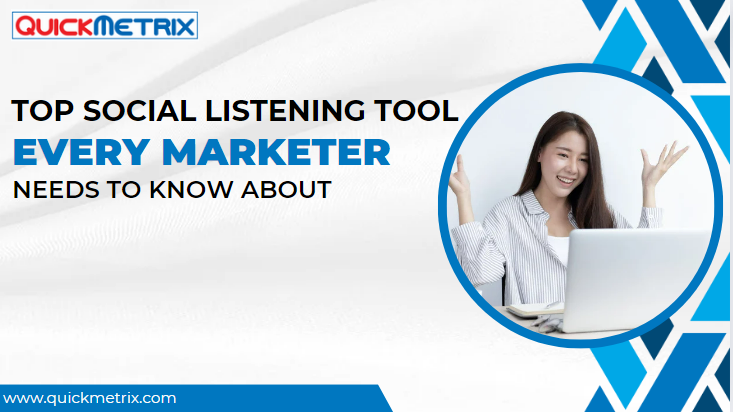
Social Listening Tool
Top Social Listening Tools Every Marketer Needs to Know About
Essential Social Listening Tools for Marketers: A Comprehensive Guide
Introduction
In …
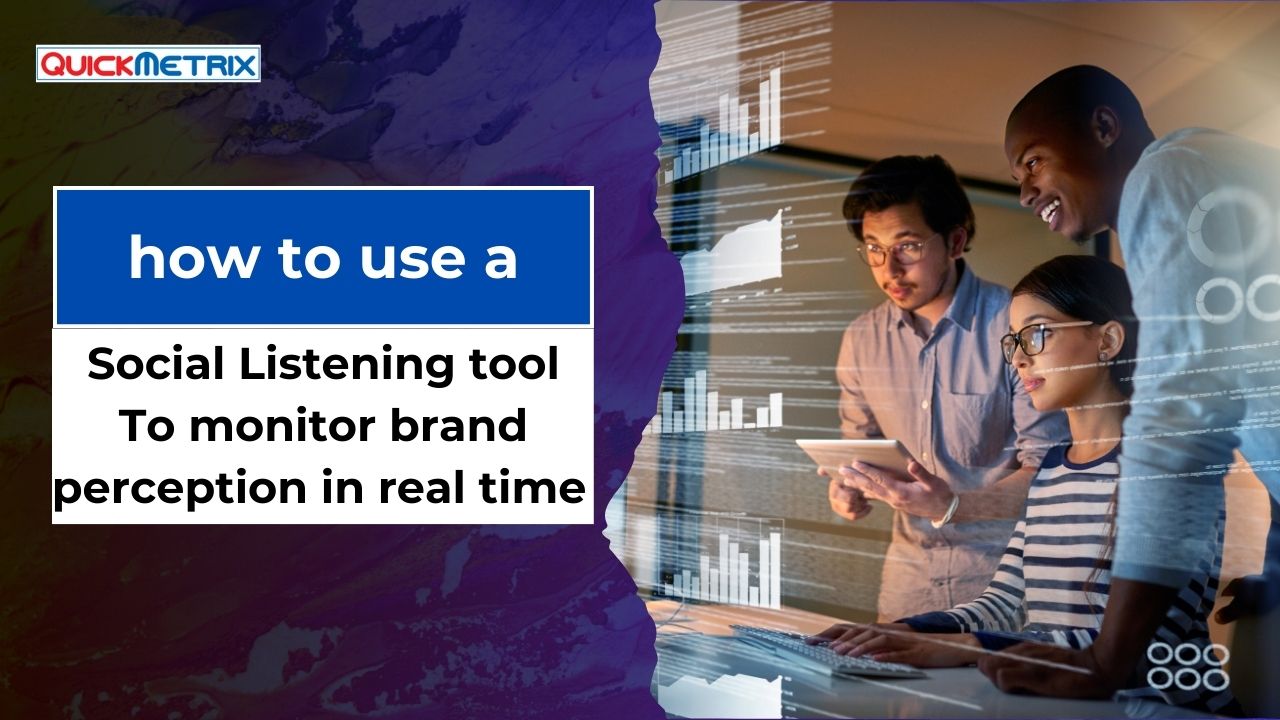
Social Listening Tool
How to Use a Social Listening Tool to Monitor Brand Perception in Real Time
Mastering Real-Time Brand Perception Monitoring with Social Listening Tools
Introduction …

Social Listening Tool
How a Social Listening Tool Can Enhance Customer Engagement and Satisfaction
Enhancing Customer Engagement and Satisfaction Using Social Listening Tools
Introduction …

Social Listening Tool
The Future of Market Research: How Social Listening Tools Are Transforming Data Analysis
Introduction to Social Listening Tools in Market Research
Social listening …

Social Listening Tool
The Ultimate Guide to Finding the Best Social Listening Tool for Your Business
The Complete Guide to Choosing the Right Social Listening …

Social Listening Tool
Enhancing Your Marketing Strategy with Social Listening Tools
Using Social Listening Tools to Improve Your Marketing Strategy
Introduction …
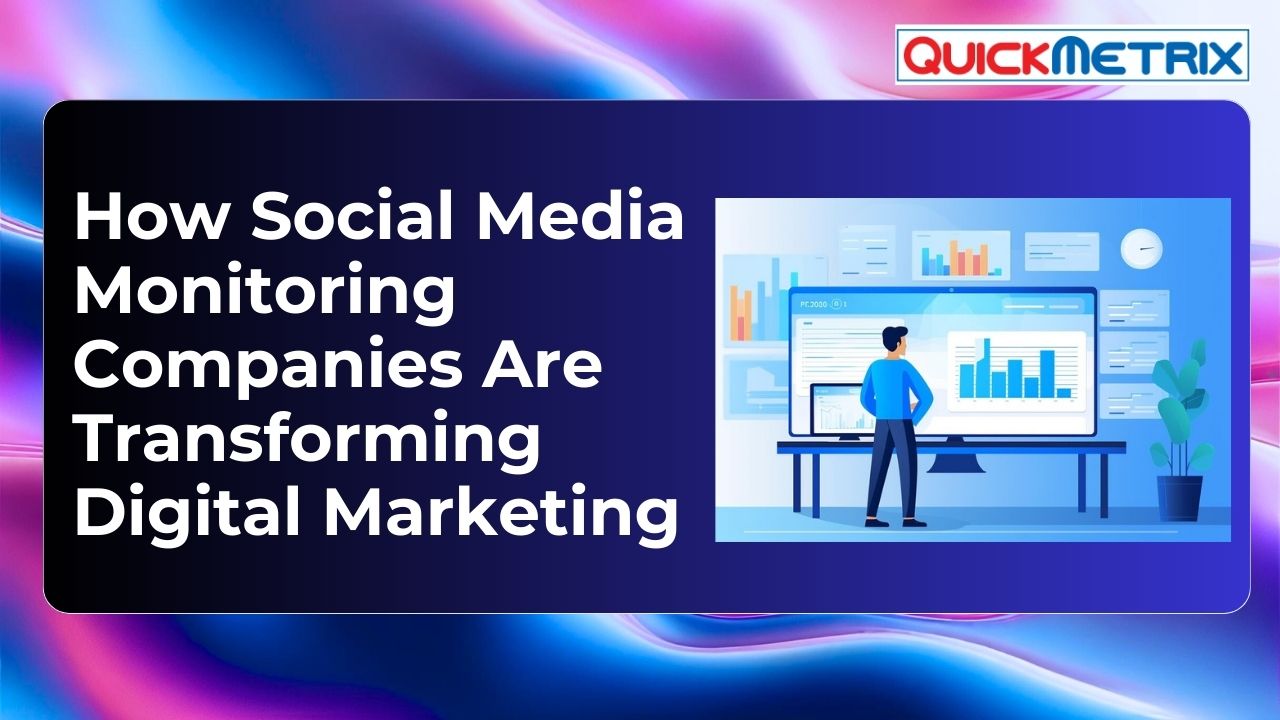
social media analytic tool
How Social Media Monitoring Companies Are Transforming Digital Marketing
Social media plays a pivotal role in shaping consumers’ …

Online Reputation Management Tool In India
Elevate Your Branding: Unveiling the Best Online Reputation Management Tools of the Year
Understanding the Importance of Online Reputation Management
What is Online …
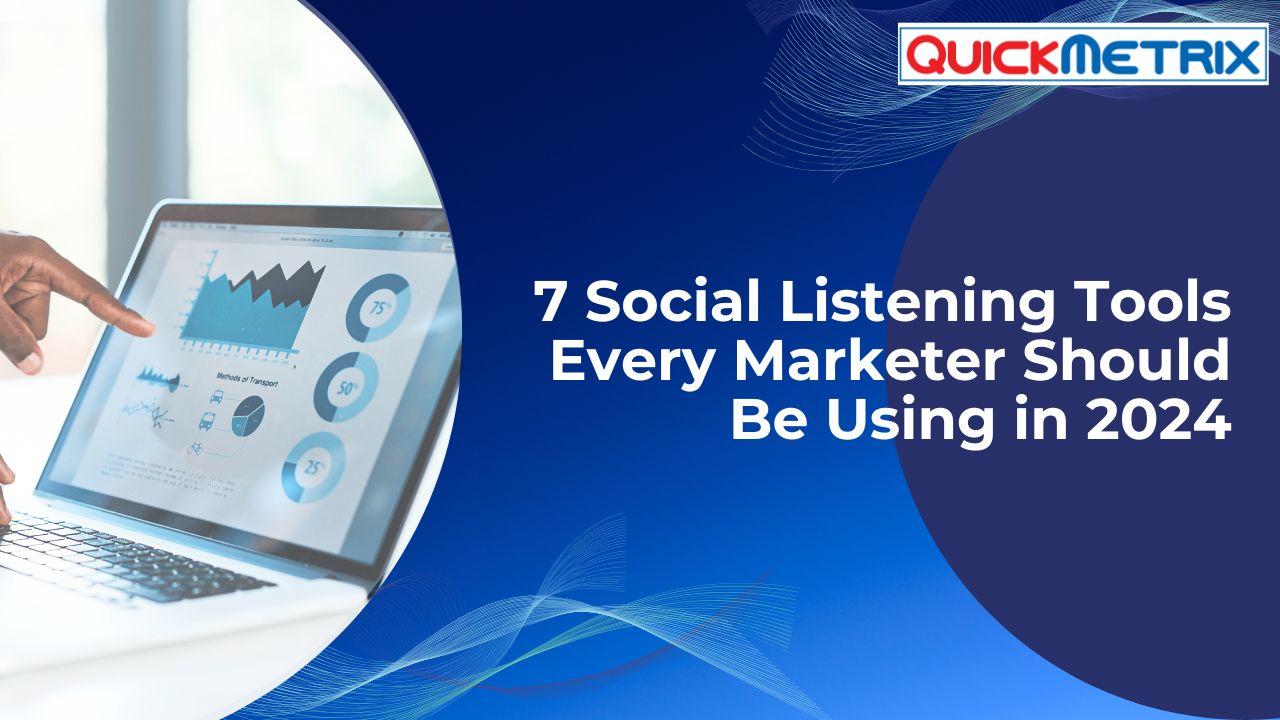
Social Listening Tool
7 Social Listening Tools Every Marketer Should Be Using in 2024
Maximizing Marketing Success: The Top 7 Social Listening Tools …
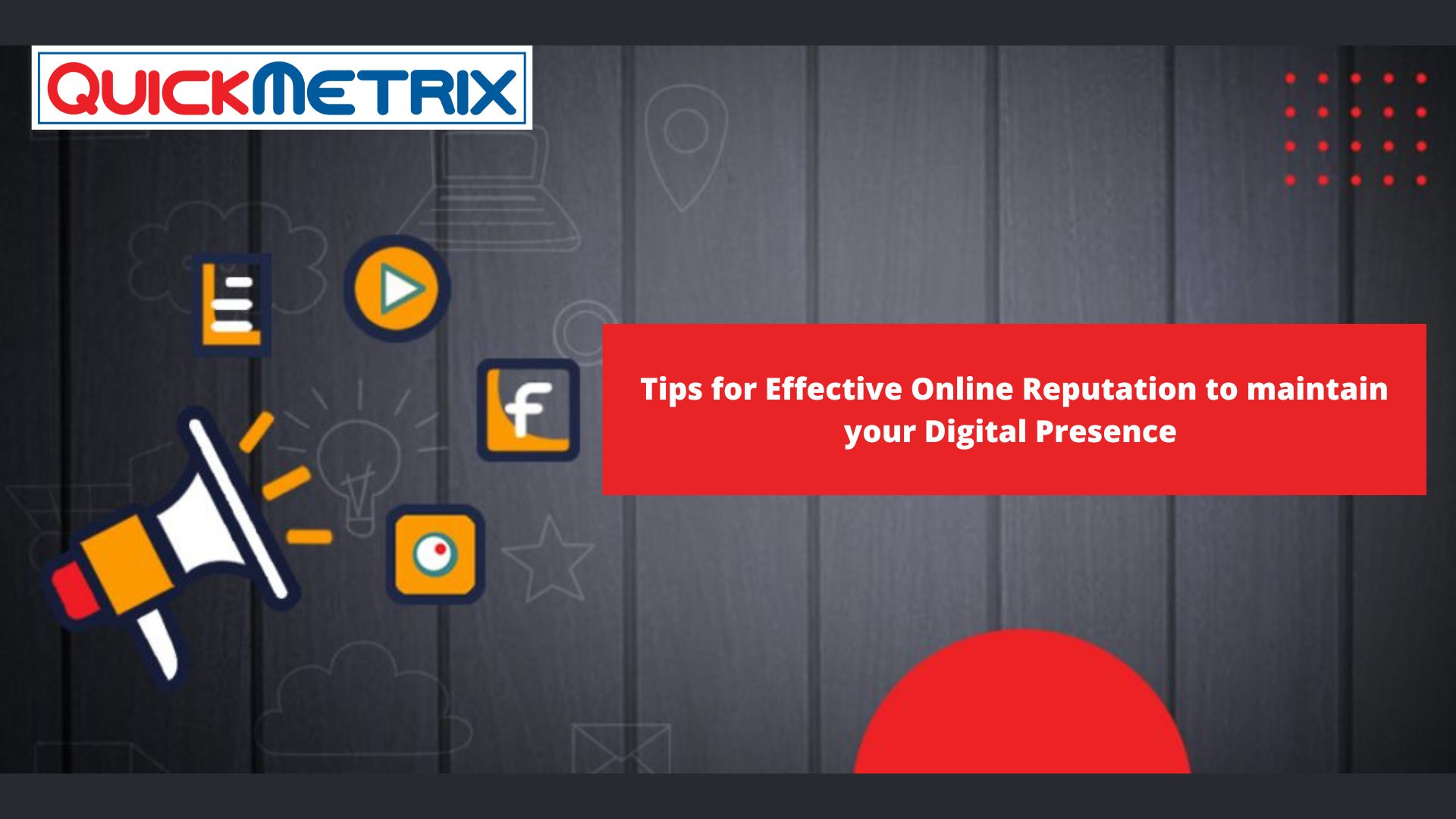


![Elevating Customer Engagement: 11 Top Platforms in 2024 [+User Reviews] 17 Online reputation management tools](https://quickmetrix.com/wp-content/uploads/2024/04/Ivory-Aesthetic-Study-Vlog-YouTube-Thumbnail--770x465.jpg)
